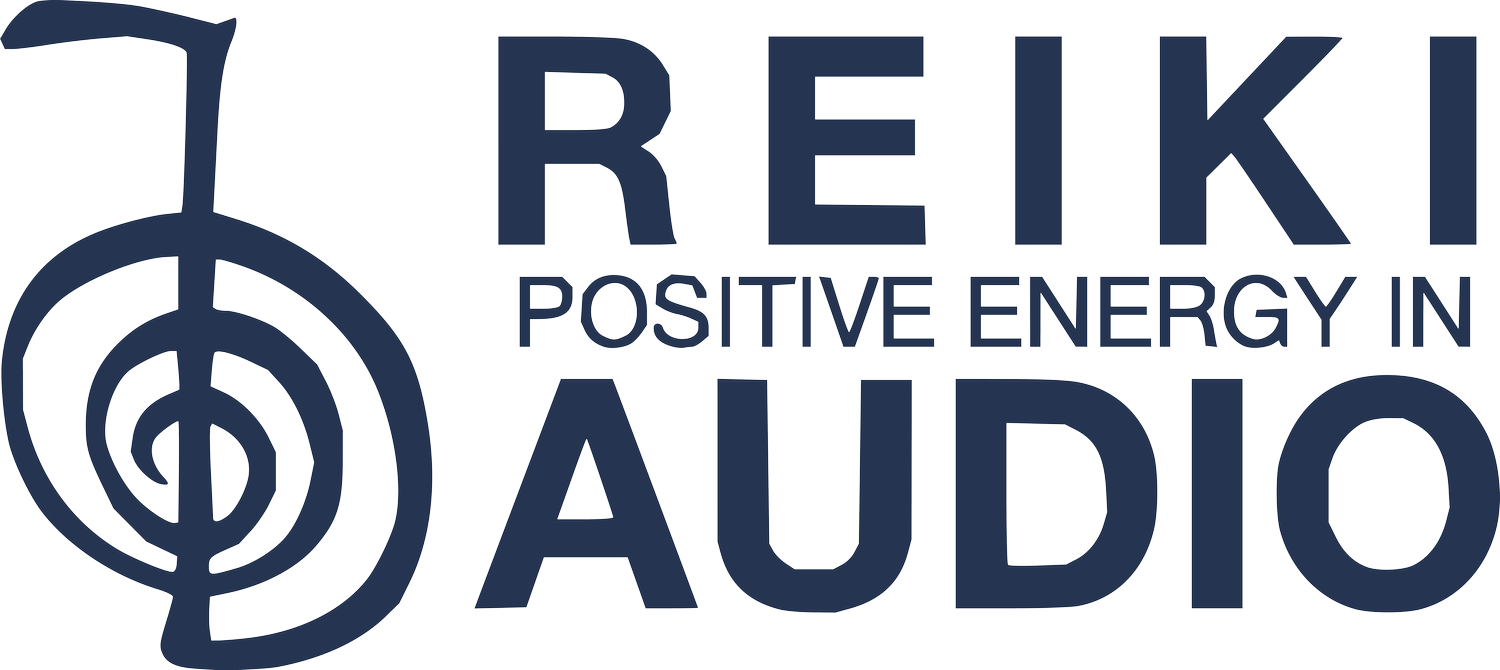Network switch: how hard can it be?
It’s just a network switch, right? I mean, how hard can it be?
Well it depends on a few things: let’s assume that you’re not here because you’re simply looking for something to sit next your router and give you more ethernet ports…
What’s that noise? ElectroMagnetic Interference (EMI) and the subset called Radio Frequency Interference (RFI) are the bane of the audiophile; it’s only when you hear your system without EMI/RFI noise that you can really appreciate its true potential. Backgrounds are quieter, music is less fatiguing, everything comes to life and comes together.
Some time ago, experimental audiophiles realised that installing even a basic/budget network switch just before their streamer made a difference to sound quality. It does this by breaking the link between the signal coming down the ethernet cable and the signal leaving the switch by repacketing the data. Much of the noise accompanying the signal into the switch therefore does not accompany the signal out of the switch.
No bits are harmed or enhanced in the process! There is nothing to see here in the digital domain where bits are most definitely bits and all arrive and leave the switch in bit-perfect order. RFI and EMI noise impact the analogue signal further down the playback chain, typically a DAC, and it is the mitigation of this noise which improves sound quality.
So what is an audiophile quality network switch? Basically, it’s a higher quality and more effective (at mitigating EMI/RFI noise) switch, installed just before a streamer to remove as much noise as possible. For maximum effectiveness, we need to:
remove the noise coming into the switch via the ethernet cable
stop external noise getting into the switch itself
minimise the noise generated by the switch’s own circuitry
soak up any residual noise before the signal leaves the switch
Most ethernet boards provide a degree of galvanic isolation (break the chain) at the port. This galvanic isolation is why even a basic budget switch will make an audible difference in most audio systems.
Of course you’re not reading this because you’re happy to settle for any old difference. You seek the biggest possible difference a switch can make… and so do we.
At Reiki Audio:
we use proven audiophile quality circuitry - low noise components to minimise self-generated noise and highly effective galvanic isolation
we provide double shielding from external noise. Aluminium is a good conductor but copper is almost twice as good: we layer both for the ultimate protection from EMI/RFI noise
we apply high quality EMI absorption material to the case and selected circuitry to absorb noise at source
Did we stop there? No. We also challenged and rethought the purpose of a network switch when used for audiophile applications:
Why do we need 8 ports? For audiophile purposes, we need only 2 ports: one in and one out. Shielding the redundant 6 ports is a logical and highly effective way of sealing off a substantial number of routes for EMI/RFI noise to enter the switch
Ditto, why do we need indicator lights flickering across the front of the switch? Each light needs a tiny hole in the case and if you were being generous to RFI you’d describe it as “agile”: it needs only the tiniest gap to enter and negatively affect the switch’s circuitry. We know which of the two ports we’re using, and we don’t need an indicator light to tell us whether the switch is working: the presence (or absence) of beautiful music will do this! So our switches have no indicator lights, just a beautifully smooth front face..
Yes, it’s obsessive, but it’s this attention to detail which sets the SuperSwitch apart in both design and performance terms.
Does it matter what ethernet cables I use from router to switch? From your router to your switch, shielded cables provide greater protection from RFI ingress. The SuperSwitch will massively mitigate whatever noise which reaches it but it makes sense to minimise this and there is certainly no disadvantage to doing so.
Does it matter what ethernet cables I use from switch to streamer? Firstly, the shorter the better as there is less opportunity for the cable to pick up noise on the final run from switch to streamer which will ultimately reach your DAC. Secondly, you should avoid using a shielded cable with grounded metal plugs at both ends which will allow the noise to pass along the shield to your streamer - so avoid stock CAT 6A, 7 or 8 cables. Surprisingly few shielded cable manufacturers state explicitly whether their cables are grounded at one or both ends; Melco are an exception and their C100 cables are a good choice for between switch and streamer. If in doubt, standard CAT6 or similar Unshielded Twisted Pair (UTP) cables will do a fine job, and every Superswitch comes with a 0.5m and a 1m CAT6 cable.
